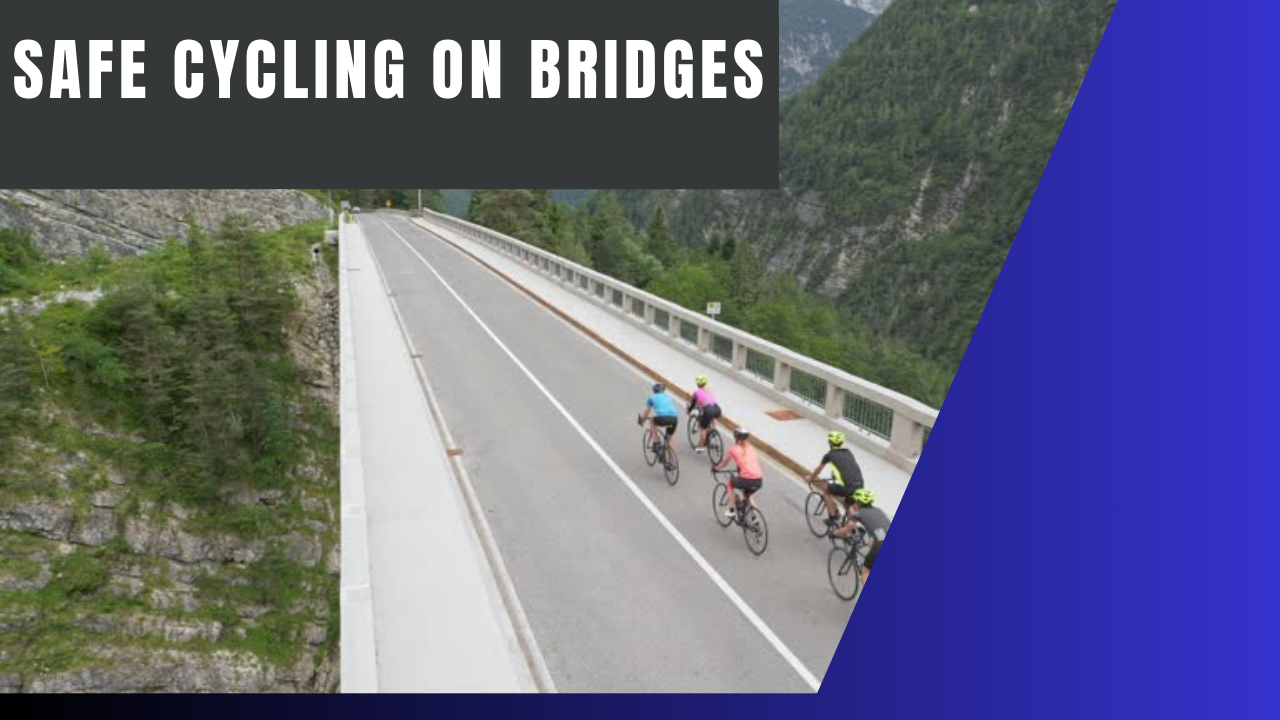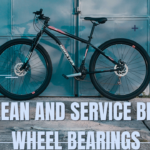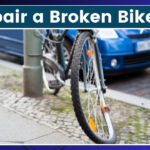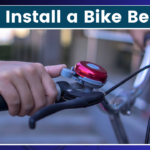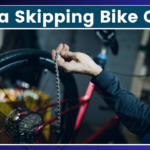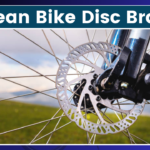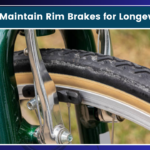As I clip into my pedals and set off for my weekend ride, I can’t help but feel a mix of excitement and apprehension. Today’s route takes me across the city’s main bridge – a stunning piece of architecture, but also a potential challenge for cyclists. It got me thinking about all the times I’ve crossed bridges on my bike, from small local crossings to massive suspension bridges, and how important it is to approach them safely. So, I decided to put together this guide to help fellow cyclists navigate bridges with confidence.
Why Bridge Safety Matters
Bridges present unique challenges for cyclists. They’re often narrower than regular roads, have different surface conditions, and can be subject to stronger winds. Plus, you’re sharing the space with fast-moving traffic, and there’s usually no easy way to pull over if something goes wrong. That’s why it’s crucial to be prepared and know how to handle these situations.
Before You Cross
Before you even reach the bridge, there are a few things you should consider:
Plan your route: Know which bridges you’ll be crossing and research them if possible. Some bridges have dedicated bike lanes or paths, while others require you to share the road with vehicles.
Check the weather: Wind can be a major factor on bridges, especially longer ones. If high winds are forecast, consider an alternative route or postpone your ride.
Ensure your bike is in good condition: A mechanical issue on a bridge can be dangerous. Give your bike a quick once-over before your ride, paying special attention to your brakes and tires.
Wear visible clothing: Bright colors and reflective gear are always a good idea, but they’re especially important on bridges where visibility might be limited.
Use lights: Even during the day, front and rear lights can help make you more visible to other road users.
Approaching the Bridge
As I near the base of the bridge, I always take a moment to assess the situation. Here’s what I look out for:
Traffic patterns: How are cars merging onto the bridge? Is there a safe space for cyclists?
Surface conditions: Is the road wet? Are there any visible hazards like debris or metal grates?
Wind direction: You can often feel the wind pick up as you approach a bridge. Take note of which direction it’s coming from.
Other cyclists: If there are other riders around, observe how they’re handling the conditions.
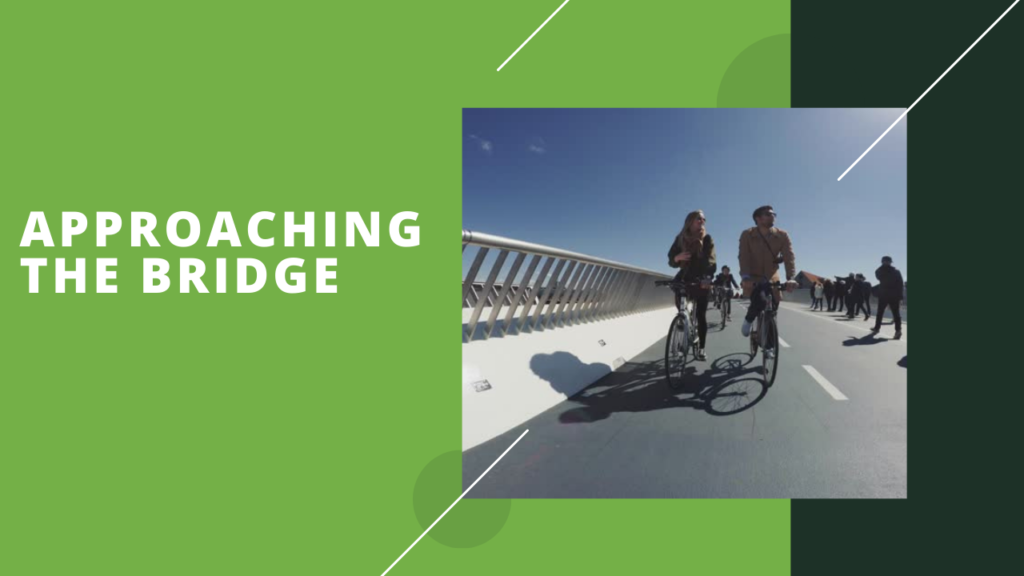
Crossing the Bridge
Now comes the main event – crossing the bridge. Here are some tips to keep in mind:
Maintain a steady pace: Try to keep your speed consistent. Sudden accelerations or decelerations can be risky, especially in windy conditions.
Stay alert: Keep your eyes on the road ahead, but also be aware of your surroundings. Traffic patterns can change quickly on bridges.
Use hand signals: If you need to change position, always signal your intentions clearly to other road users.
Hold your line: Try to ride in a straight line as much as possible. Weaving can be dangerous, especially if the bridge is narrow.
Be prepared for gusts: Strong crosswinds can catch you off guard. Keep a firm grip on your handlebars and be ready to adjust your position if needed.
Watch for expansion joints: Many bridges have metal expansion joints that can be slippery when wet. Try to cross these at a right angle if possible.
Don’t stop unless necessary: Bridges usually don’t have safe places to pull over. If you must stop, try to wait until you’re off the bridge.

Dealing with Specific Bridge Types
Not all bridges are created equal. Here are some tips for different types of bridges you might encounter:
Suspension Bridges
These iconic structures can be a thrill to ride, but they also present unique challenges. The long span means you’ll be exposed to the elements for a longer time, and the height can be intimidating for some riders.
When I crossed the Golden Gate Bridge on my bike last summer, I was amazed by the views but also very aware of the strong winds. Here’s what I learned:
Check the weather beforehand: Suspension bridges are particularly susceptible to high winds.
Stay in the designated bike lane: Many large suspension bridges have separate paths for cyclists and pedestrians.
Be prepared for crowds: Popular bridges can get busy with tourists and other cyclists. Patience is key.
Keep both hands on the handlebars: The wind can be unpredictable, so maintain a firm grip at all times.
Drawbridges
These movable bridges add an extra element to consider. While it’s rare for a bridge to open while you’re on it, it’s good to be prepared:
Be aware of metal grates: Many drawbridges have metal grate surfaces that can be slippery when wet. Cross these slowly and steadily.
Pay attention to warning signals: Flashing lights or sirens usually indicate that the bridge is about to open.
Don’t try to beat the bridge: If you see signals that the bridge is opening, stop at the designated point. It’s not worth the risk.
Covered Bridges
These charming structures are often found in rural areas and can be a lovely part of a scenic ride. However, they require some special consideration:
Watch for uneven surfaces: Many covered bridges have wooden planks that can be bumpy or have gaps.
Be prepared for darkness: The cover can make the bridge quite dark inside. If you have lights, use them.
Listen for vehicles: The enclosed space can make it harder to hear approaching traffic. Take it slow and be extra cautious.

Narrow Bridges
ome smaller bridges barely have enough room for two cars to pass, let alone accommodate a cyclist. When approaching these:
Assess the traffic: If it’s busy, you might want to wait for a gap before proceeding.
Take the lane: It’s often safer to ride in the center of the lane to prevent cars from trying to squeeze past you.
Be visible: Use your lights and wear bright clothing to ensure drivers can see you.
After the Bridge
As I coast down the other side of the bridge, I always feel a sense of accomplishment. But the ride isn’t over yet. Here are a few things to keep in mind:
Be prepared for wind changes: The wind pattern might be different on the other side of the bridge.
Watch for merging traffic: Cars might be joining the road from on-ramps.
Take a breather if needed: If the crossing was particularly challenging, it’s okay to pull over (once it’s safe) and take a moment to collect yourself.
Building Confidence
Like many aspects of cycling, crossing bridges safely becomes easier with practice. If you’re nervous about bridge crossings, try these tips:
Start small: Begin with shorter, less busy bridges to build your confidence.
Ride with a group: Joining a local cycling club can be a great way to learn from more experienced riders.
Practice in different conditions: Once you’re comfortable, try crossing in various weather conditions (within reason, of course).
Visualize success: Before a ride that includes a bridge crossing, take a moment to visualize yourself crossing safely and confidently.
A Personal Note
As I finish up this article, I’m reminded of all the amazing views I’ve enjoyed from bridges during my rides. From misty morning crossings over small streams to epic journeys across major waterways, these experiences have added so much to my cycling adventures.
Just last week, I was out for an early morning ride and crossed our local river bridge just as the sun was rising. The way the light sparkled on the water and the feeling of the cool morning air on my face – it was magical. Moments like these remind me why I love cycling so much.
Bridges can be challenging, sure, but with the right preparation and mindset, they can also be some of the most rewarding parts of your ride. So next time you’re planning a route, don’t shy away from that bridge crossing. Embrace it as an opportunity to improve your skills, enjoy some fantastic views, and add an extra element of excitement to your ride.
Stay safe out there, and happy cycling!
